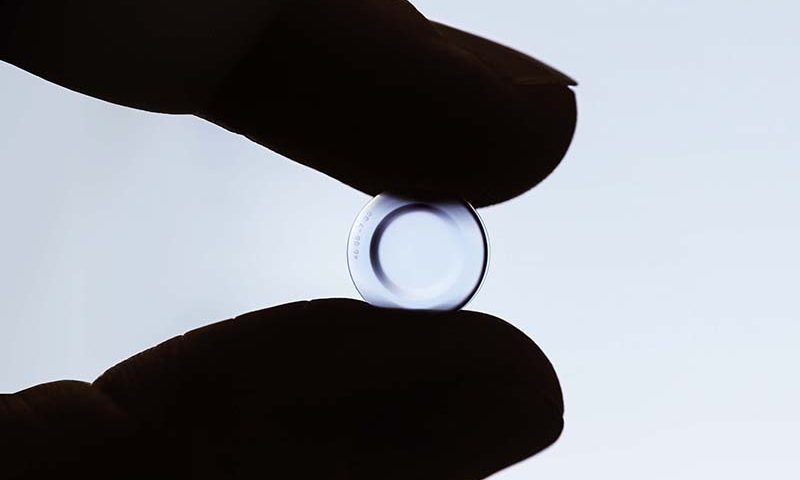
In my previous blog entry, I have listed out and explained different myopia control methods which are with scientific evidence. In this entry, I will further talk about the procedures and precautions of prescribing and using ortho-k lens respectively.

The Procedures of Prescribing Ortho-k Lens:
- The optometrist will help the patient perform a comprehensive ortho-k assessment which includes conreal and tears quality assessment, corneal topography assessment, and getting the patient to wear the ortho-k trial lenses. After the assessment, the optometrist will decide whether the patient is suitable to wear the ortho-k lens from both mental (especially kids) and physiological perspectives.
- Once the optometrist deems that the patient is suitable to start the procedure, an informed consent will be signed by the optometrist, and the wearer or the parents of the wearer. A pair of ortho-k lenses will then be ordered. Most ortho-k lenses have to be ordered from overseas, it usually takes around two weeks to get the lenses.
- During the ordering period, the wearer will learn how insert, remove, handle and clean the ortho-k lens properly. The learning period differs between people. Some kids can get the techniques within 2-3 lessons, while some nervous patients may take more than 5-6 lessons to handle it.
- Before getting the lenses, the optometrist will do the final on-eye contact lens fitting check. If everything is fine, the ortho-k lenses will be delivered.
- Due to the fact that ortho-k lenses are worn during sleeping, it is of higher risk when compared to daytime contact lens wear. It is necessary to have frequent follow-up visits especially at the beginning of lens wear. An early morning visit (within 2 hours after waking up) after wearing the lenses in the first overnight is needed. Following successful first overnight lens wear, follow up visits will be performed after 1 week, 2 weeks, 1 month, and then every 3-4 monthly.
- An annual replacement of the pair of ortho-k lenses is also needed. It is because the curvature of the lenses may change with everyday wear. Besides, deposits will accumulate on the ortho-k lens surface. The deposits will lower the oxygen transmissibility of the lenses and increase the chance of having corneal infection. Therefore, annual replacement of ortho-k lenses is necessary.
The Precautions of Using Ortho-k Lens:
During ortho-k lens wearing, if you experience severe red eye, eye pain, photosensitivity and excessive tearing, you should stop lens wear and contact your optometrist immediately.
If you catch a cold, get a fever, or have to go to other places where there is no accessible clean water supply, you should temporarily stop wearing the ortho-k lenses and tell your optometrist accordingly.
If your kids are unable to clean and handle the lenses by themselves, or parents/guardians are unable to do so. Under such circumstances, I do not suggest your kids to perform orthokeratology.
Finally, if you want to get your kids to try orthokeratology, I would recommend you to find the optometrists who are qualified and experienced in doing so. Furthermore, parents should understand your responsibility in complying with the advice and instructions given by the optometrist. By doing so, orthokeratology can then be practised safely.
By Paco Chan, Registered (Part I) Optometrist
Eyecare information by Swisscoat Vision Centre
Address : G/F Yuen Yick Building, 27-29 Wellington Street, Central, Hong Kong
Appointment :+852 3579 4763
Website : www.swisscoat.com

